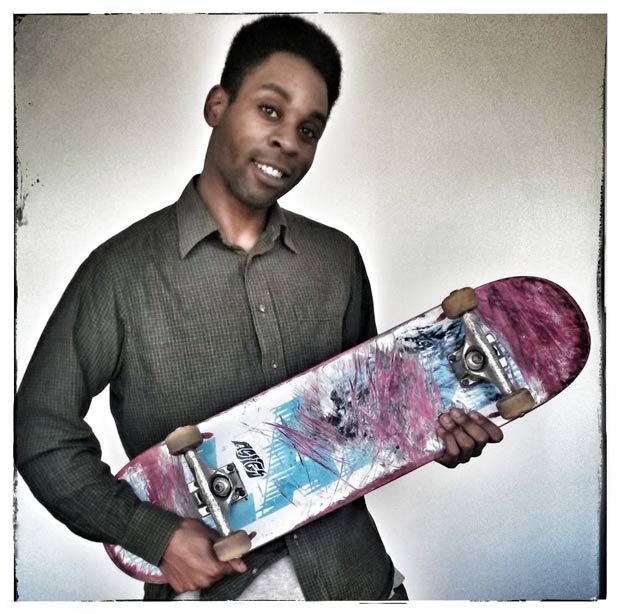
Before you can learn how to ride a skateboard, you first need to choose a skateboard. This is important as having a board that’s well suited to you will make it a lot easier to progress, while picking a board that’s poorly made or unsuited will have you struggling and frustrated. This guide will take you through step by step and have you shredding in no time.
Pre-built or Custom?
The first decision you need to make is whether you want to get a board that’s been put together already or construct your own custom ride. The former will be cheaper and quicker but may not be ideally suited for your purpose. In the same way as buying a suit, if you want something that really fits you’re going to have to get a tailor and pay for it. A custom job could be as much as double the cost of a complete board. It’ll fit you perfectly but may be better suited to your second board when you have a better idea of what you need and how you ride.
Skate Shops
Your local skate shop should be your first port of call as a skateboarding beginner. There you’ll be able to buy skateboarding kit and get advice on what to buy and where to skate. It’s also a great place to meet the skaters in your local area and find people to go skating with.
Check online to find your local shop as its your best resource to check out whilst starting skateboarding. While you can pick up kit online, a good skate shop will be full of people who’ve been skating for years who’ll be able to help you out. They can recommend which products you’ll need to get yourself started and introduce you into the world of the skateboarding.
Decks
The deck is the most important part of the board and they come in all shapes and sizes and depending on your size and your intended kind of skating. Boards that are between 7.5 and 8.0 inches wide are best suited to riding in the street as they’re smaller and easier to manoeuvre. Bigger boards, those that are over 8 inches are generally used by vert riders and bigger riders as they are better balanced and more stable – due to their added size and weight they make more technical tricks more difficult.
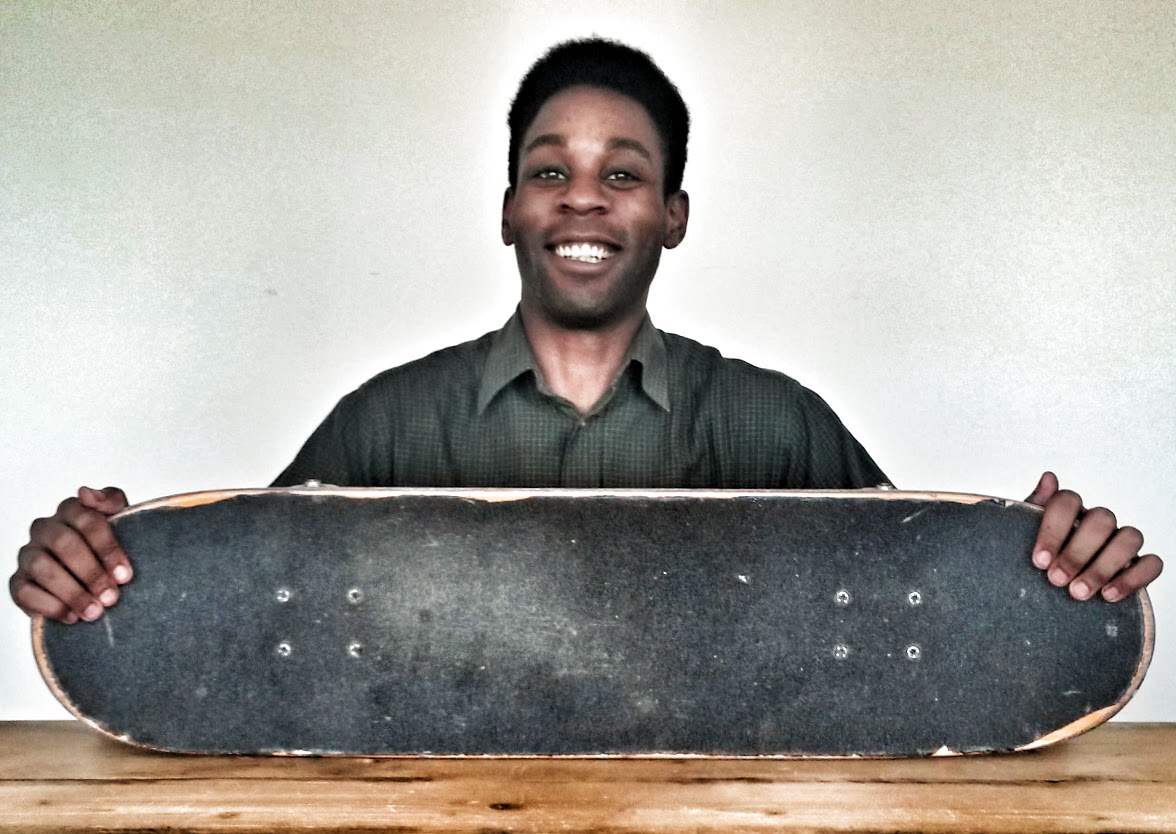
Most decks have a defined nose and tail, depending on where that is where you will put your front and back foot whilst skating. It’ll take a lot of punishment throughout your skating life so it’s worth investing in a strong, well built deck.
Another important aspect of skateboard decks is something known as the concave. This is the curved shape of the board and this is different on every single board. Some boards have very mellow concave and are essentially very flat, some have a very steep concave and are very curved. There’s no perfect shape so try out a few boards by standing on them and see which one feels most comfortable.
Trucks
Trucks are the metal axles underneath your board that help you to turn. Trucks are available in varying heights, widths and have different amounts of turning ability.
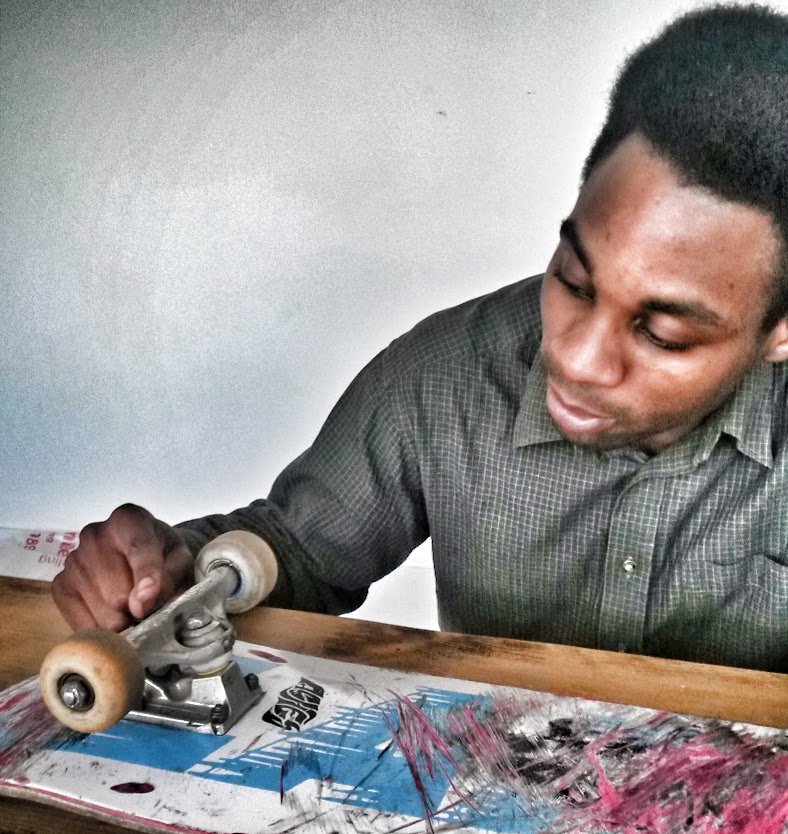
Trucks come in different heights. Lower trucks will be better suited for street skating and be more stable, while higher trucks allow the use of larger wheels which will allow you to travel faster.
The most important thing about skateboard trucks is that you can tighten them or make them looser with a tool to make them feel more comfortable whilst skating. For example if your trucks are too tight, you won’t be able to turn your board and if they are too loose your board will feel out of control. Its important to get this right as the more you weigh the more pressure you put on the trucks and the slower they will respond to your body’s movements while skating.
Wheels
Modern skateboard wheels are made from urethane and they grip the surface you roll on. They vary in two ways – size and hardness. Bigger wheels ride faster than small ones but are less suited to sharp turns. Softer wheels are better suited to cruising but are slower and will wear out faster.
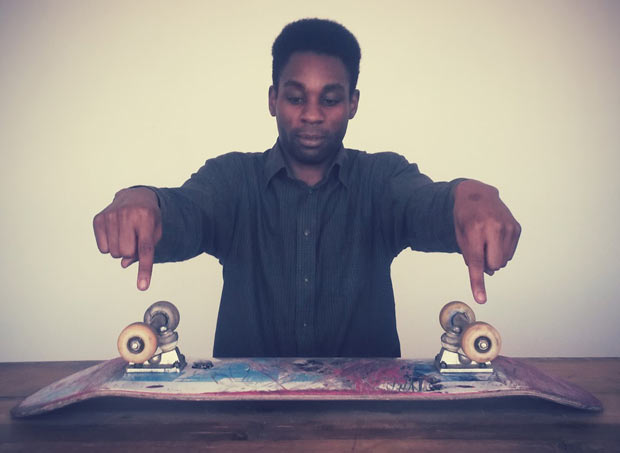
Hardness is measured using a durometer with the higher number the harder the wheel and denoted using an ‘A’. Most wheels tend to fit between 80A and 100A with lower numbers reserved for longboard cruising. To begin pick wheels that are between 90A and 97A, experimenting with harder wheels as you progress.
Size wise, skate wheels are measured in millimetres and range from 49-75mm. Bigger wheels are generally for vert and park riding and are usually 55mm and up. Street riders tend to stick with something smaller such as 50-55mm wheels as they accelerate quicker and have more pop. If you’re taller than average you may e more comfortable on bigger wheels so keep that in mind.
Bearings
Skateboard bearings are located inside you skateboard wheels, there are two inside each wheel and they help your wheels spin and gain and maintain speed whilst skating.
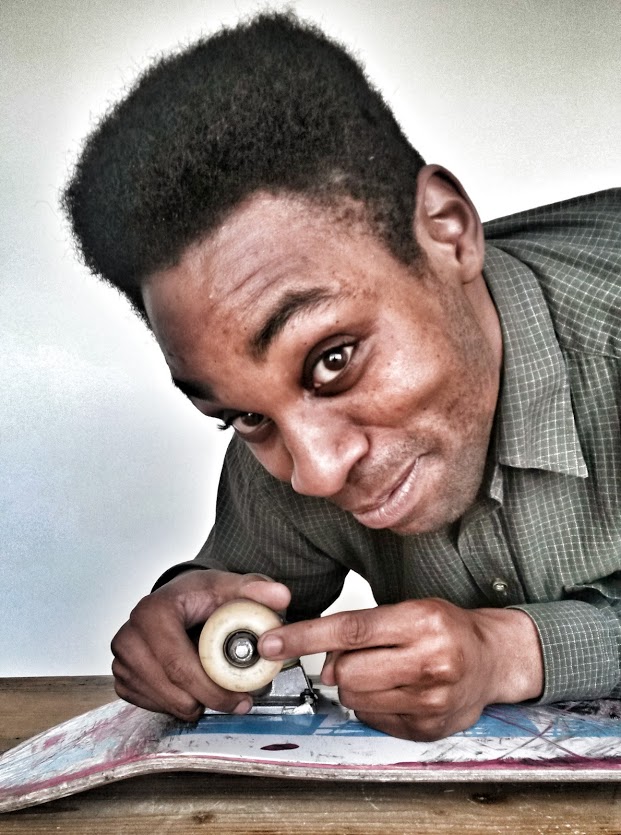
Bearings are usually the cheapest part of the board but they are also one of the most important. They’re classified by the ABEC rating system which ranges from ABEC 1, 3, 5, 7 or 9. The higher the number the more efficient and more speed the bearing can handle – they also get more expensive.
The lower the rating the less precise but more durable the bearings are. Most boards come loaded with ABEC 3s but consider moving up to ABEC 5s once you start improving.
Bearings need to be looked after as their performance degrades if they’re not maintained so make sure to clean and lubricate them. You’ll soon notice if you’re bearings get damaged as the board will not run smoothly or quickly.
Skate Shoes
Skate shoes are are built to protect your feet and ankles and maximise your board control. Non skate shoes lack the necessary functionality and durability to withstand long periods of skateboarding, therefore skate shoes are not just good for your feet but are good for your wallet as they are more cost effective.
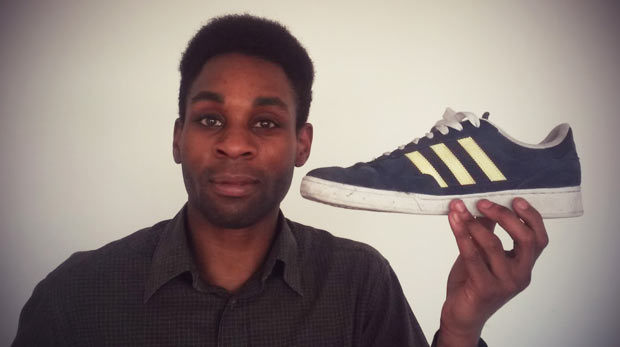
There are hundreds of skate shoe types, you should try on as many as possible to find the ones that you feel the most comfortable skating in.
Helmet/Pads
When you’re just starting out with your board a helmets and knee-pads is a good idea as you may be spending a fair bit of time falling over initially. If you’re braving a vert ramp or other large ramp then definitely wear protective equipment as you can easily break bones or hurt themselves. Make sure you’re helmets and pads fit securely. If they’re too tight or loose they won’t be nearly as effective.
